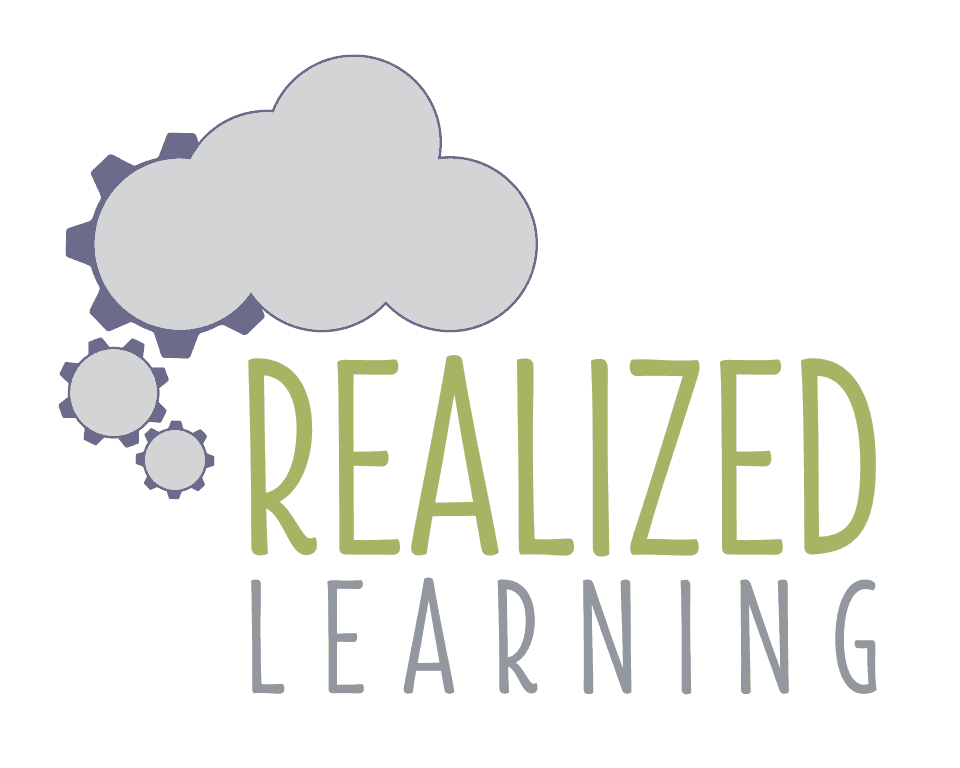Many parents and educators are under the false impression that good reading is about comprehension, or what you understand from the text. However, a person can understand what they read, but still be a poor reader. Sally Shaywitz, M.D. is the codirector of the Yale Center for the Study of Learning and Attention. In her book Overcoming Dyslexia, Dr. Shaywitz states “Fluency, the ability to read a text quickly, accurately, and with good understanding, is the hallmark of a skilled reader. Children who are fluent readers love to read.” A child who reads with little expression, haltingly, or with hesitancy is not a fluent reader. Reading is challenging and slow for this child. As with anything that feel especially difficult to master, it becomes burdensome and not enjoyable. However, reading is a crucial skill not only for your child to progress through their academic career, but also for the rest of their lives. According to Shaywitz, “The National Assessment of Educational Progress reported that 44 percent of fourth grade boys and girls were not yet fluent readers.” Yet readers are expected to be fluent by second grade. Fortunately, reading fluency is not difficult to teach and you as a parent can help your child build their fluency and love for reading!
Fluency involves reading aloud. Fifteen minutes of practice a day can greatly improve fluency. For all of the suggestions below, you will need to use reading materials that your child can already decode. One way to determine appropriate texts is to start by finding out your child’s independent reading benchmark from his/her teacher. Whether your child’s school uses Fountas & Pinnell, DRA, or Lexile to measure reading ability, you should be able to locate leveled texts and convert them to the system your school uses. Reading A-Z has a conversion chart available. Also, your child’s teacher should be able to recommend websites or places to get reading resources. One of my favorite websites for texts is Readworks.
1. Readers Theater
Readers theater is a fun and interactive way to support your child’s fluency. A readers theater is usually a script based on a story. Typically scripts do not include stage directions. They are perfect for practicing reading with expression and children have fun getting into character and using different voices. Because acting a part requires the actor to read the script several times, your child will be working on fluency as they repeat their lines. Allow your child to practice playing the part of a single character at least four times before allowing them to switch to another character. This can also become a fun family activity! The more actors, the more fun it will be. You can get readers theater scripts from your local library or by using a search engine for free scripts. One of my personal favorite books for readers theater is Frantic Frogs and Other Frankly Fractured Folktales for Readers Theatre by Anthony D. Fredericks. It is full of hilarious twists on well-known stories that kids absolutely love!
2. Poetry and Song Lyrics
Reading song lyrics out loud is a great way to build fluency as the expected rhyming and rhythm help the child to read steadily. Rhyming poems are also helpful. Your child can choose a poem they love or find funny. Some children like to memorize poems and in order to do that, they need to practice reading it aloud. To make it even more fun, have your child imagine the speaker and create a unique voice with which to read the poem. You and your child can even write a silly poem together and then practice reading it. You can assign each other parts of the poem to read to make it more interesting and interactive. Repeated reading is key.
3. I read, you read
This is a super simple technique that can be included in your child’s nightly reading assignment. Reading with your child is satisfying as well as incredibly informative. When you read with your child, you will see what aspects they are struggling with and be better equipped to guide them. Part of building fluency is allowing your child to hear fluent reading. Let your child choose the book. You read a page, then have your child read the same page back to you. This will not only help with fluency, but boost comprehension.
Extensions
If you have a reluctant reader, a good way to get your child involved in one of these activities is to provide an incentive. Offer your child a certain amount of game time, quality time with you, free time, or a prize in exchange for reading time. They will be more excited to participate and grateful for the opportunity to have time doing what they enjoy as well.
Another strategy you can use with any of these techniques is recording your child. Your child can then read the text along with their recording and see where they are struggling. It is very eye-opening. I would recommend not doing this the first few times you try these techniques. You want your child to first see these activities as fun and not a time to focus on mistakes. Once they are starting to feel confident and having fun, you can introduce this extension.
One of the most important things to remember with using any of these strategies is to give your child positive encouragement and feedback. Even if your child is struggling, be sure to tell them what they are doing well and applaud their efforts.
Practicing reading fluency is imperative to becoming a strong reader. Not every child loves or even likes to read. But you can help your child become a strong reader and enjoy reading more by building their fluency. Reading is not something that just develops. It takes practice, just like riding a bike or playing a sport. You wouldn’t have your child miss sports practice, so why would you miss reading practice?
